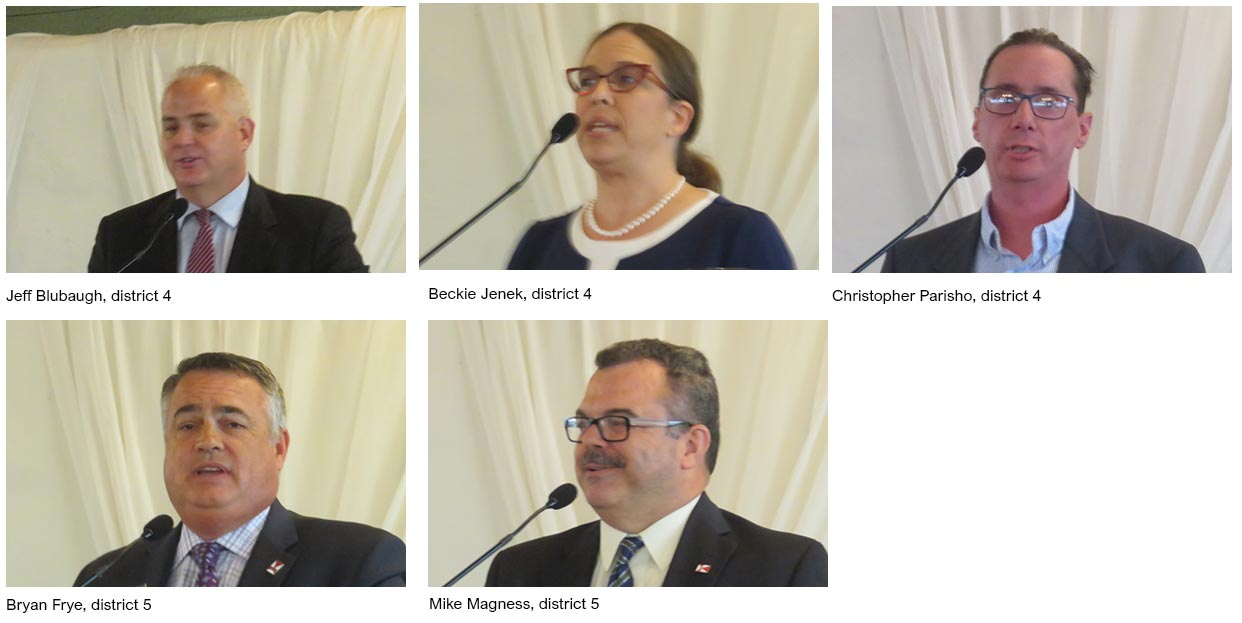When pursuing a large Wichita city contract, did the winning company lobby all council members, or primarily Mayor Jeff Longwell?
The role of Wichita Mayor Jeff Longwell in the awarding of the contract for the new Wichita water plant has been in the news. A recent Wichita Eagle article showed how the mayor steered the award to a company other than the company recommended by the city’s selection committee. 1
Central to the story is the relationship between the mayor and the company he favored. There was, according to Eagle reporting, a close relationship including a cash gift that was not disclosed 2 and some eerily chummy emails. 3
The mayor, however, downplayed his role. In a response from Longwell posted on the city’s Facebook page, he said he is part of a team: “A team that deliberately keeps each other in check. We question and challenge each step, and that is an intentional process designed to ensure we have the best deal for our city.” 4
Some council members agree. In the Eagle article, two council members were interviewed, Brandon Johnson (district 1, northeast Wichita) and James Clendenin (district 3, southeast and south Wichita):
Johnson and Clendenin both downplayed Longwell’s role in awarding the contract, saying the mayor is just one vote.
“You give the mayor too much credit,” Johnson said.
“Yeah, this idea that the mayor of the city of Wichita has enough power to make any decision he would like is something that I think is a misconception,” Clendenin said.
What, then, is the power of the mayor to lead or steer the council in his preferred direction?
The answer to this question holds the answer: Did the winning company (Wichita Water Partners) lobby, flatter, or gift any Wichita City Council members with anything approaching the consideration directed to Mayor Jeff Longwell?
—
Notes
- Swaim, Chance. Wichita’s mayor steered multi-million-dollar water plant contract to friends. Wichita Eagle, September 29, 2019. Available at https://www.kansas.com/news/politics-government/article234701932.html. ↩
- “Before Longwell cast the deciding vote, the president of one of the Water Partners’ companies paid for Longwell to enter a $1,000-per-person charity golf tournament. … Nor did Longwell disclose the $1,000 entry fee on a state ethics form for local officials that he filed in February.” ↩
- “They frequently referred to each other in emails by nicknames — Your Eminence, His Highness, Homecoming Queen, Eye Candy, Jethro and Wine Delivery Guy, after Young, the president of PEC, offered to drop off to Longwell leftover wine from a previous dinner party.” ↩
- Longwell, Jeff. City of Wichita Facebook page. Available at https://www.facebook.com/cityofwichita/posts/2535037446542240. ↩
























